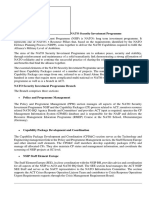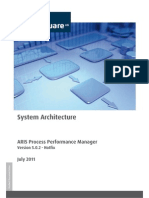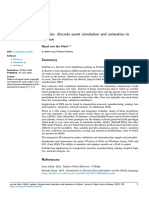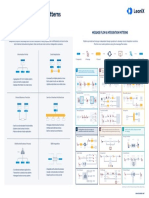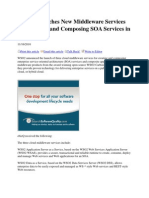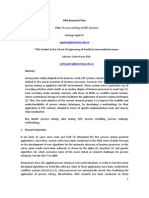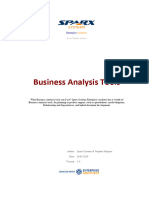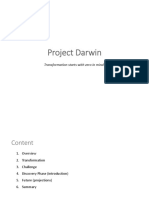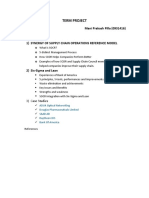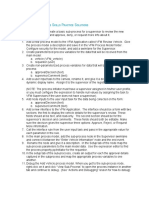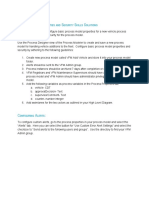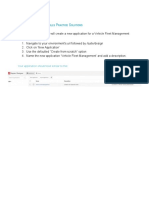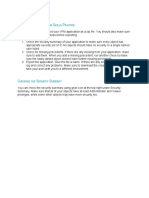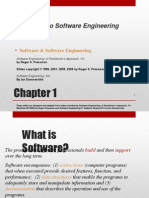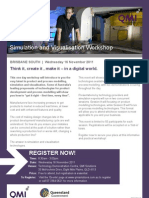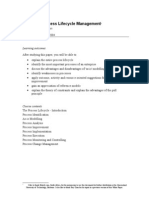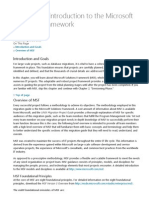0% found this document useful (0 votes)
410 views49 pagesFrom Conceptual To Executable BPMN Process Models
The document discusses bridging the gap between conceptual and executable business process models. It presents a step-by-step method for transforming a conceptual process model into an executable one, including identifying automation boundaries, reviewing manual tasks, completing the process model, adjusting task granularity, and specifying execution properties. An example process is used to demonstrate the method.
Uploaded by
AlbertiCopyright
© © All Rights Reserved
We take content rights seriously. If you suspect this is your content, claim it here.
Available Formats
Download as PDF, TXT or read online on Scribd
0% found this document useful (0 votes)
410 views49 pagesFrom Conceptual To Executable BPMN Process Models
The document discusses bridging the gap between conceptual and executable business process models. It presents a step-by-step method for transforming a conceptual process model into an executable one, including identifying automation boundaries, reviewing manual tasks, completing the process model, adjusting task granularity, and specifying execution properties. An example process is used to demonstrate the method.
Uploaded by
AlbertiCopyright
© © All Rights Reserved
We take content rights seriously. If you suspect this is your content, claim it here.
Available Formats
Download as PDF, TXT or read online on Scribd
/ 49


